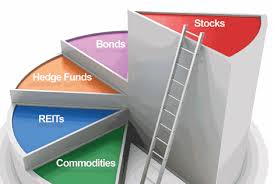Start Date:
05 November, 2025.
End Date:
07 November, 2025.
Course Overview
For leaders to be effective, they must understand the environment in which they are called to lead. In order to align their self-development with the company's mission and strategy, they must understand the key drivers of the company's competitive advantage especially the relationship between finance and strategy. This course focuses on the bottom-line implications of marketing, operating and financial strategies, and the process of financial planning. It seeks to bridge the worlds of finance and companies' other functions to enhance shareholder value
Course Objectives
Specifically, participants will learn how to:
- Explicitly measure a company's key value drives, such as return on investment and revenue growth.
- Prove why existing performance measures, such as earnings per share and cash flow, fail to measure value.
- Link financial measures directly to corporate strategy.
Course Outline
- The Strategic-Planning and Decision-Making Process
- Vision Statement
- Mission Statement
- Analysis
- Strategy Formulation
- Strategy Implementation and Management
- The Role of Finance
- Free Cash Flow
- Economic Value-Added
- Asset Management
- Financing Decisions and Capital Structure
- Profitability Ratios
- Growth Indices
- Risk Assessment and Management
- Tax Optimization
- Expanding Finance's Strategic Role
- Finance
- Best practices
- STRATEGIC FINANCIAL PLAN
- Relevance
- Financial Implications
- Competitive Importance
- Financial Goals
- Strategic Objectives
- PEST Review
- Solvency
- Profitability Management
- PEOPLE AND OPERATIONAL IMPACT ON STRATEGIC CHOICES
- Strategic decision making is a manager’s responsibility
- What kinds of choices might we face in a strategic planning process?
- The ultimate strategic choice
- Strategic choice and corporate performance
- A B C of choosing strategically
- Structure of the strategic choice
- The Complexity of Decisions
- EMPLOYEES INVOLMENT IN STRATEGIC CHOICES





_course.jpg)


